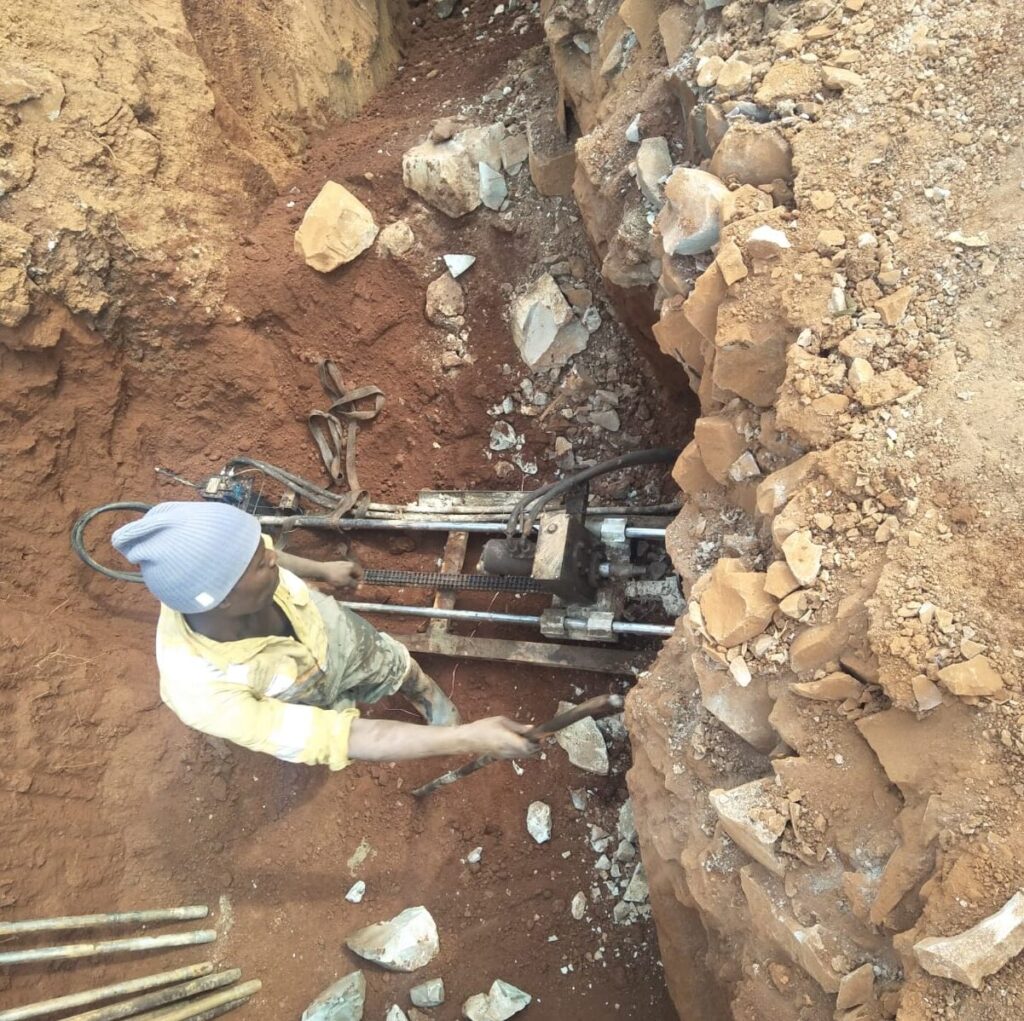
What is Micro-Tunneling?
Micro-tunneling is a specialized construction technique used to install underground pipelines, conduits, and other utilities with minimal surface disruption. It is particularly useful when there is a need to lay infrastructure beneath densely populated urban areas, sensitive environmental zones, or areas with limited access.
Here’s how micro-tunneling works:
- Boring Machine: Micro-tunneling typically involves the use of a micro-tunnel boring machine (MTBM). This machine is capable of excavating a tunnel underground while simultaneously installing the utility within it.
- Launch and Reception Shafts: The process begins with the creation of two shafts, known as the launch and reception shafts. These shafts serve as entry and exit points for the boring machine.
- Guided Excavation: The MTBM is lowered into the launch shaft and guided along a predetermined path by surveying equipment and control systems. This path is typically determined by the desired alignment of the utility.
- Excavation and Pipe Installation: As the MTBM progresses underground, it excavates the soil or rock, creating a tunnel. At the same time, it places the utility (such as pipes or conduits) into the tunnel behind it. The utility is usually pre-assembled in segments, which are pushed into place as the tunnel is excavated.
- Continuous Operation: Micro-tunneling is a continuous operation, meaning that the excavation and installation of the utility occur simultaneously. This minimizes the need for extensive trenching on the surface.
- Monitoring and Control: The process is closely monitored using advanced control systems and sensors to ensure that the tunnel is excavated accurately and that the utility is installed correctly.
- Reception and Retrieval: Once the MTBM reaches the reception shaft, the utility is connected to the existing infrastructure. The machine is then retrieved from the tunnel.
Micro-tunneling offers several advantages, including reduced disruption to the surface, minimal environmental impact, and the ability to navigate through various soil types and geological conditions. It is commonly used for the installation of sewage and water pipelines, as well as for projects in urban areas where space is limited and surface disruption is undesirable.
However, micro-tunneling is a complex and expensive construction method that requires careful planning and expertise to execute successfully. It is often chosen when the benefits of reduced surface disruption outweigh the higher costs associated with the technology.